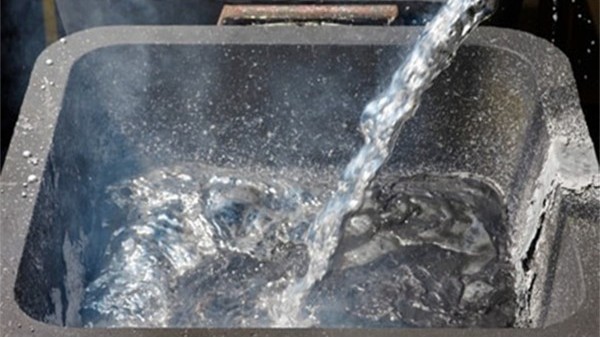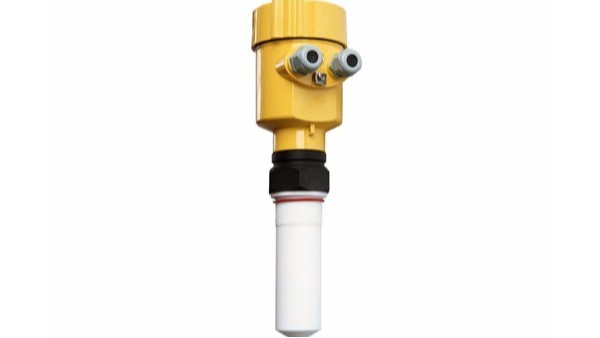With the development of modern industry, the precise control of the liquid level of molten metal has become particularly important. Aluminum and its alloys are widely used metal materials in industrial production.
The accurate measurement of their liquid level is directly related to production efficiency and product quality. Radar level meter, as a non-contact measuring instrument, has been widely used in the field of aluminum liquid level measurement due to its high precision, strong stability and easy installation and maintenance.

Liquid aluminum has the characteristics of high thermal conductivity, high reflectivity and easy oxidation. Under high temperature, liquid aluminum has good fluidity, but it is easy to react with oxygen in the air to form an aluminum oxide film.
This film will cover the surface of the liquid aluminum, affecting the accurate reading of the liquid level. In addition, the physical properties of liquid aluminum, such as density and viscosity, change with temperature.
These factors bring challenges to liquid level measurement. Radar level meters measure distance by emitting microwave signals and receiving their reflected waves. When microwaves encounter the surface of liquid aluminum, reflections will occur. According to the time difference between emission and reception, the liquid level can be calculated.
Because it uses electromagnetic wave measurement, it is not affected by factors such as medium color, temperature, dust, etc., and is very suitable for aluminum liquid level measurement in high temperature and high dust environments.

In order to improve production efficiency and aluminum quality, an aluminum company decided to introduce a radar level meter to monitor the liquid level of the aluminum smelting furnace.
During the implementation process, the technicians first evaluated the furnace environment, selected a high-frequency radar level meter suitable for high-temperature environments, and adjusted the sensitivity and algorithm of the instrument to ensure that the film can be penetrated to accurately measure the real liquid level. After installing the radar level meter, it was debugged and achieved the expected measurement effect.
The measurement data showed that after using the radar level meter, the liquid level control accuracy of the aluminum liquid was significantly improved, and the process control was more stable. The comparison of production data showed that the consistency and qualified rate of the products have been significantly improved.

Through the analysis of aluminum liquid characteristics and the application of actual measurement cases, it can be seen that radar level meter has significant advantages in aluminum liquid measurement.
It not only improves the accuracy and stability of measurement, but also reduces maintenance costs and improves production efficiency.
Therefore, radar level meter is an ideal choice for level measurement of aluminum liquid and other metal melts, and it will play a greater role in future industrial applications.
